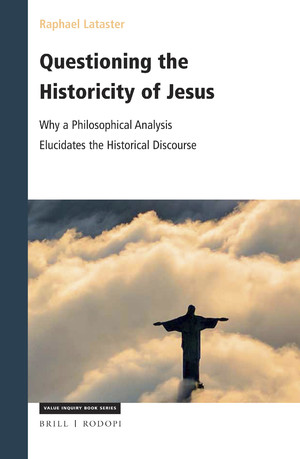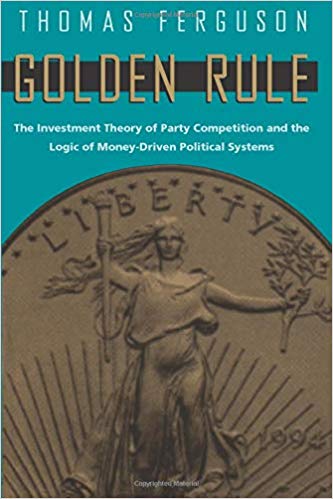From Thomas Ferguson, Paul Jorgensen and Jie Chen: 
As our Table 4 above showed [not shown here], Trump had largely financed his primary campaign with small contributions and loans from himself. As late as mid-May, he remained convinced that his success in using free media and his practice of going over the head of the establishment press directly to voters via Twitter would make it unnecessary for him to raise the “$1 billion to $2 billion that modern presidential campaigns were thought to require” (Green, 2017).
As the convention approached, however, the reality of the crucial role of major investments in political parties started to sink in. Some of the pressure came from the Republican National Committee and related party committees. Their leaders intuitively grasped the point we demonstrated in a recent paper: that outcomes of most congressional election races in every year for which we have the requisite data are direct (“linear”) functions of money (Ferguson et al., 2016). The officials could safely project that the pattern would hold once again in the 2016 Congressional elections (as it did – see Figure 3).56 But the Trump campaign, too, began to hold out the tin cup on its own behalf with increasing vehemence. As we noted earlier, small donations had been flowing steadily into its coffers. Unlike most previous Republican efforts, these added up to some serious money. But in the summer it became plain that the sums arriving were not nearly enough. In many senses, Trump was no Bernie Sanders.
. . . . .
We are able to source the revenues to individual big businesses and investors and aggregate them by sector (Table 6) and also by specific time intervals. Our data reveal aspects of the campaign’s trajectory that have received almost no attention. It is apparent that Trump’s and Manafort’s efforts to conciliate the Republican establishment initially met with some real success. The run up to the Convention brought in substantial new money, including, for the first time, significant contributions from big business. Mining, especially coal mining; Big Pharma (which was certainly worried by tough talk from the Democrats, including Hillary Clinton, about regulating drug prices); tobacco, chemical companies, and oil (including substantial sums from executives at Chevron, Exxon, and many medium sized firms); and telecommunications (notably AT&T, which had a major merge merger pending) all weighed in.57
Money from executives at the big banks also began streaming in, including Bank of America, J. P. Morgan Chase, Morgan Stanley, and Wells Fargo. Parts of Silicon Valley also started coming in from the cold. Contrary to many post-election press accounts, in the end contributions from major Silicon Valley firms or their executives would rank among Trump’s bigger sources of funds, though as a group in the aggregate Silicon Valley tilted heavily in favor of Clinton. Just ahead of the Republican convention, for example, at a moment when such donations were hotly debated, Facebook contributed $900,000 to the Cleveland Host Committee. In a harbinger of things to come, additional money came from firms and industries that appear to have been attracted by Trump’s talk of tariffs, including steel and companies making machinery of various types (Table 6).58 The Trump campaign also appears to have struck some kind of arrangement with the Sinclair Broadcast Group, which owns more local TV stations than any other media concern in the country, for special access “in exchange for broadcasting Trump interviews without commentary (Anne, 2017).”

 Crisis
Crisis
In mid-August, as Trump sank lower in the polls, the crisis came to a head. Rebekah Mercer had her fateful conversation with Trump at a fundraiser. Manafort, already under pressure from a string of reports about his ties with the Ukraine and Russia, was first demoted and then fired. Steve Bannon took over direction of the campaign and Kellyanne Conway was promoted to campaign manager (Green, 2017). . . . .









